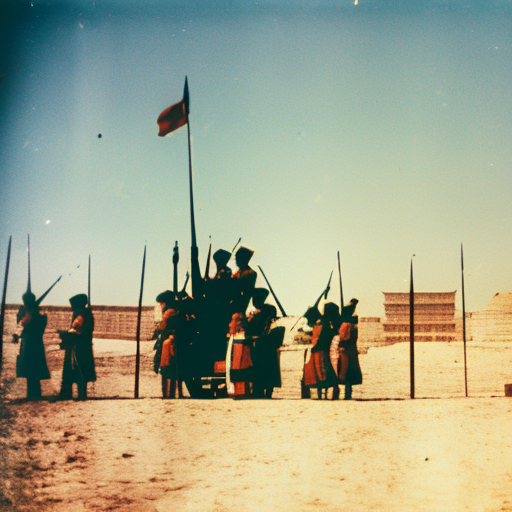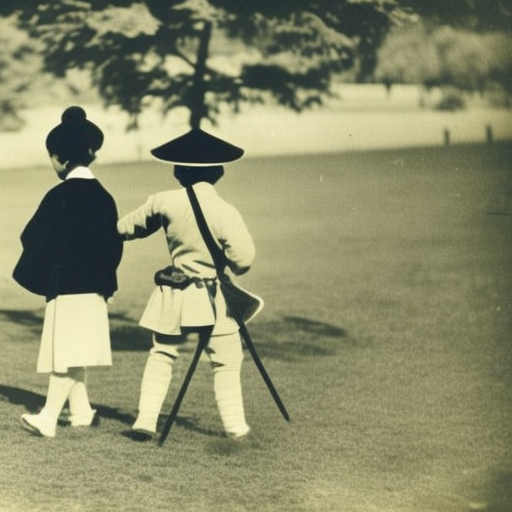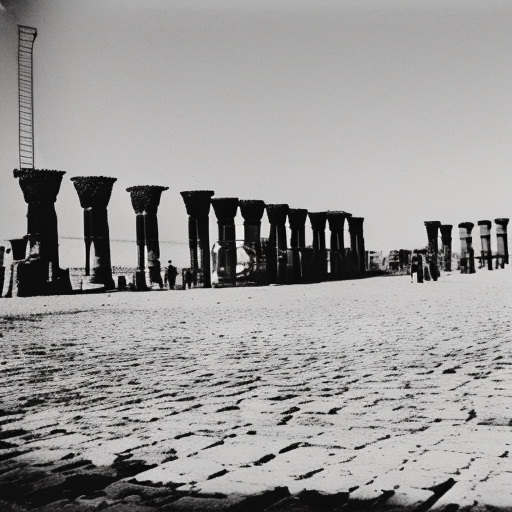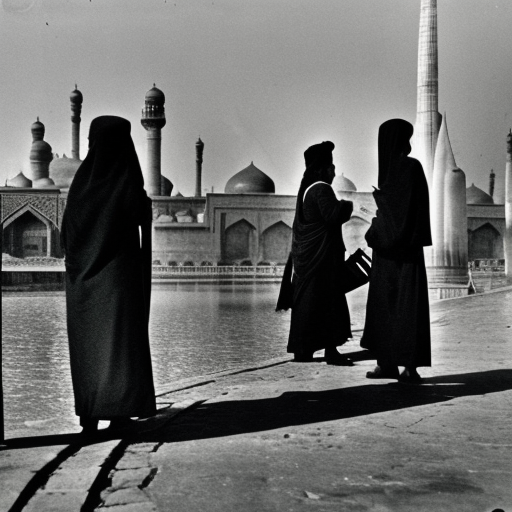The life of Siddhartha Gautama, known as Buddha, who founded Buddhism and achieved enlightenment.
The Reign of Emperor Ashoka Explained
The Reign of Emperor Ashoka: A transformative era marked by Ashoka’s conversion to Buddhism and his efforts to promote peace, religious tolerance, and social welfare in ancient India.
The Battle of Kurukshetra Explained
The Battle of Kurukshetra was a significant ancient Indian conflict described in the epic Mahabharata.
The Composition of the Rigveda Explained
The Rigveda is a collection of ancient Indian hymns composed over a period of several centuries.
The Tang Dynasty’s Golden Age Explained
The Tang Dynasty’s Golden Age marked a period of political stability, economic prosperity, and cultural flourishing in ancient China.
The Spread of Buddhism along the Silk Road Explained
The spread of Buddhism along the Silk Road facilitated cultural exchange and religious diffusion between East and West.
The Umayyad Caliphate Explained
The Umayyad Caliphate was a powerful Islamic empire that ruled from 661 to 750 CE, expanding Muslim territories and promoting Arab culture and language.
The Islamic Golden Age Explained
The Islamic Golden Age refers to a period of cultural, scientific, and intellectual flourishing in the Islamic world from the 8th to the 14th century.
The Abbasid Caliphate Explained
The Abbasid Caliphate was a powerful Islamic empire that ruled from 750 to 1258, known for its cultural and intellectual achievements.
The Mamluk Sultanate in Egypt Explained
The Mamluk Sultanate in Egypt was a powerful medieval Islamic state ruled by Mamluk slave soldiers.
The Safavid Empire in Persia Explained
The Safavid Empire in Persia was a powerful Shia Muslim dynasty that ruled over Persia from 1501 to 1736.
The Marshall Plan (1948) Explained
The Marshall Plan was a US initiative to provide economic aid to war-torn Europe after World War II.




















